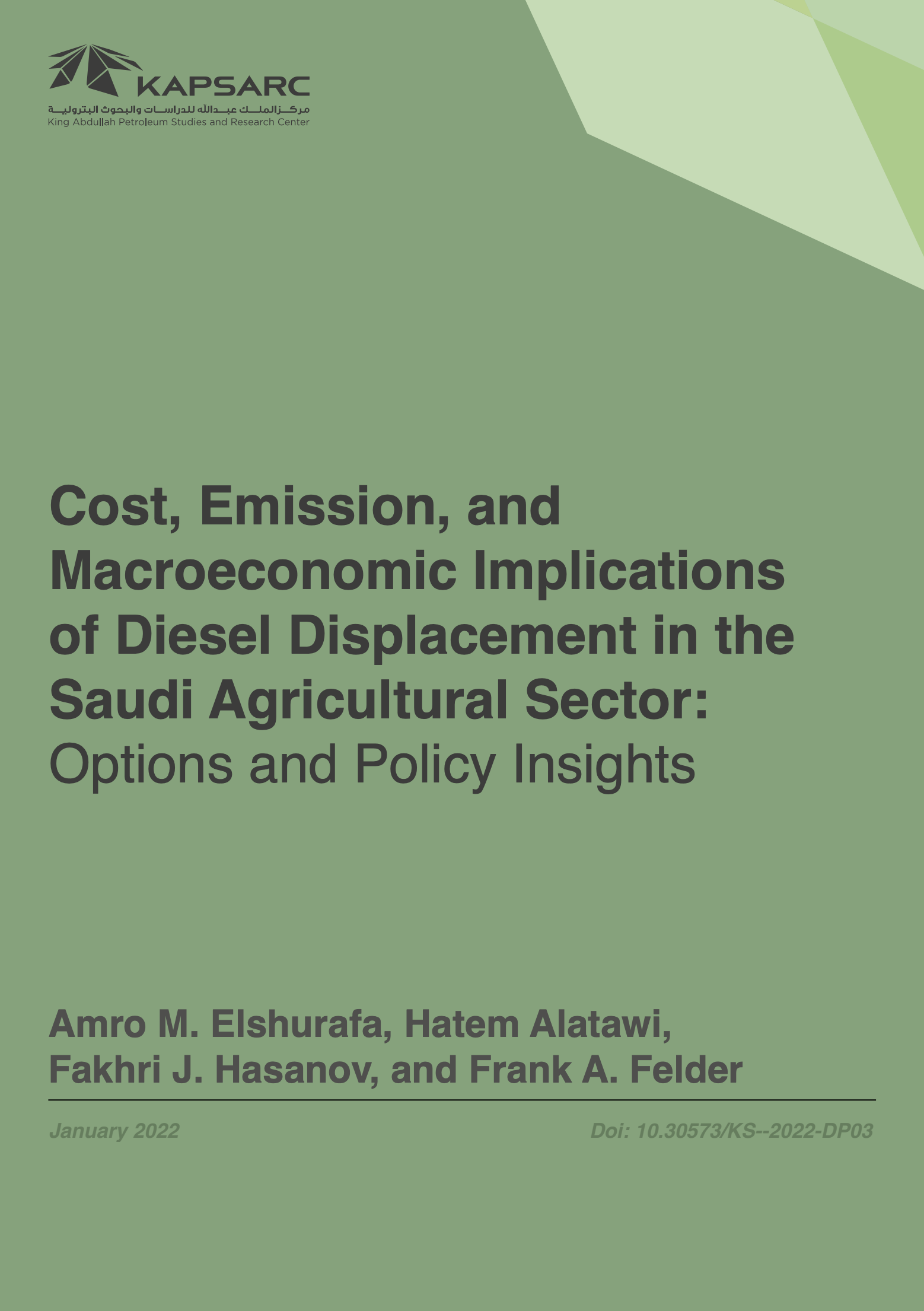- The electricity sector accounts for the largest share (nearly 42%) of global energy-related greenhouse gas emissions (IEA 2017). Globally, electricity accounts for 18% of final energy demand. Most electricity is generated using coal (39%), natural gas (22%), hydro (16%) and nuclear (10%). Renewables only generate 4.5% of the total electricity supply (IEA [2017] based on 2015 data). Both the demand and the supply sides of the electricity market require rigorous assessments to identify the appropriate policy options that can yield the maximum benefit for stakeholders.
- One of the core strategies for enabling the energy transition is the use of low-carbon energy sources in the power sector. This effectively translates into the increased use of renewables, and more coal to natural gas switching, in the power sector. Furthermore, the increased use of intermittent renewables creates demand for more flexible generation; gas-fired generation is currently the most flexible. The increased use of natural gas places upward pressure on global gas prices, which in turn affects the underlying economics of the other fuels used in the power sector. In the future, batteries could also provide the flexibility and storage needed to mitigate large fluctuations in the grid’s supply. The energy transition, therefore, could have ripple effects on the economics of the power sector. Saudi Arabia’s electricity is mainly generated using crude oil, heavy fuel oil, diesel and natural gas. In 2017, natural gas produced 59% of the country’s electricity, with oil producing 41%. Reducing carbon emissions requires limiting liquid fuel consumption and increasing natural gas and renewables generation. The energy transition will impact global fuel economics, which in turn will influence the Saudi power sector’s energy mix.
This project aims to improve our understanding of the economics of local and global electricity supply.





















